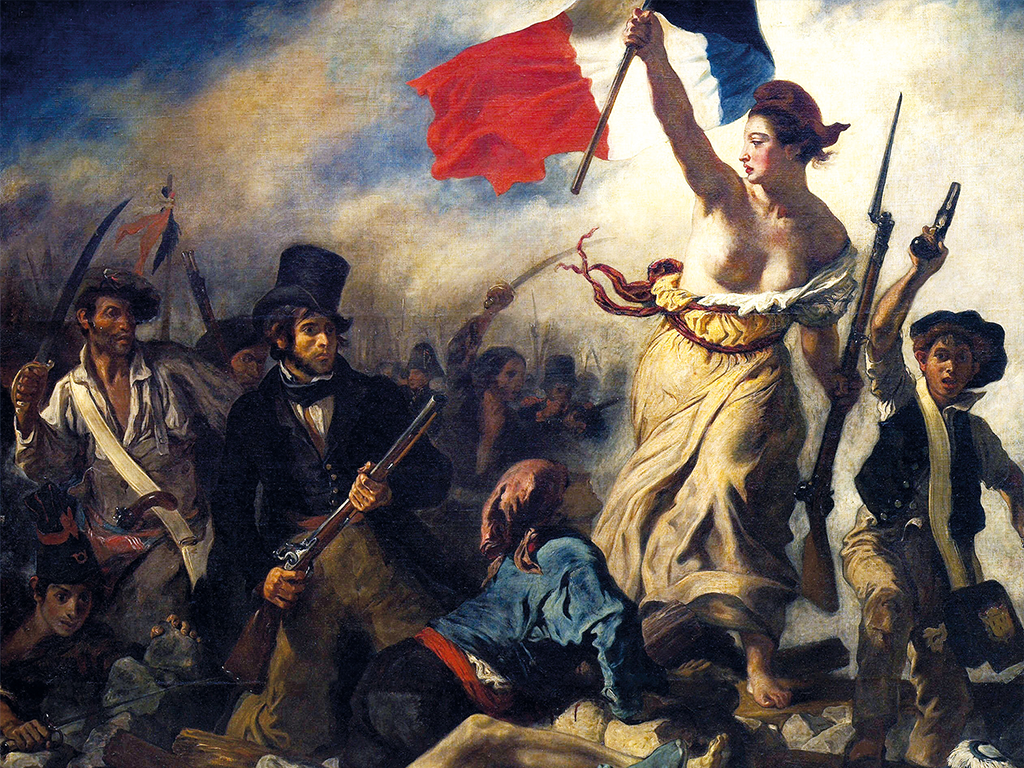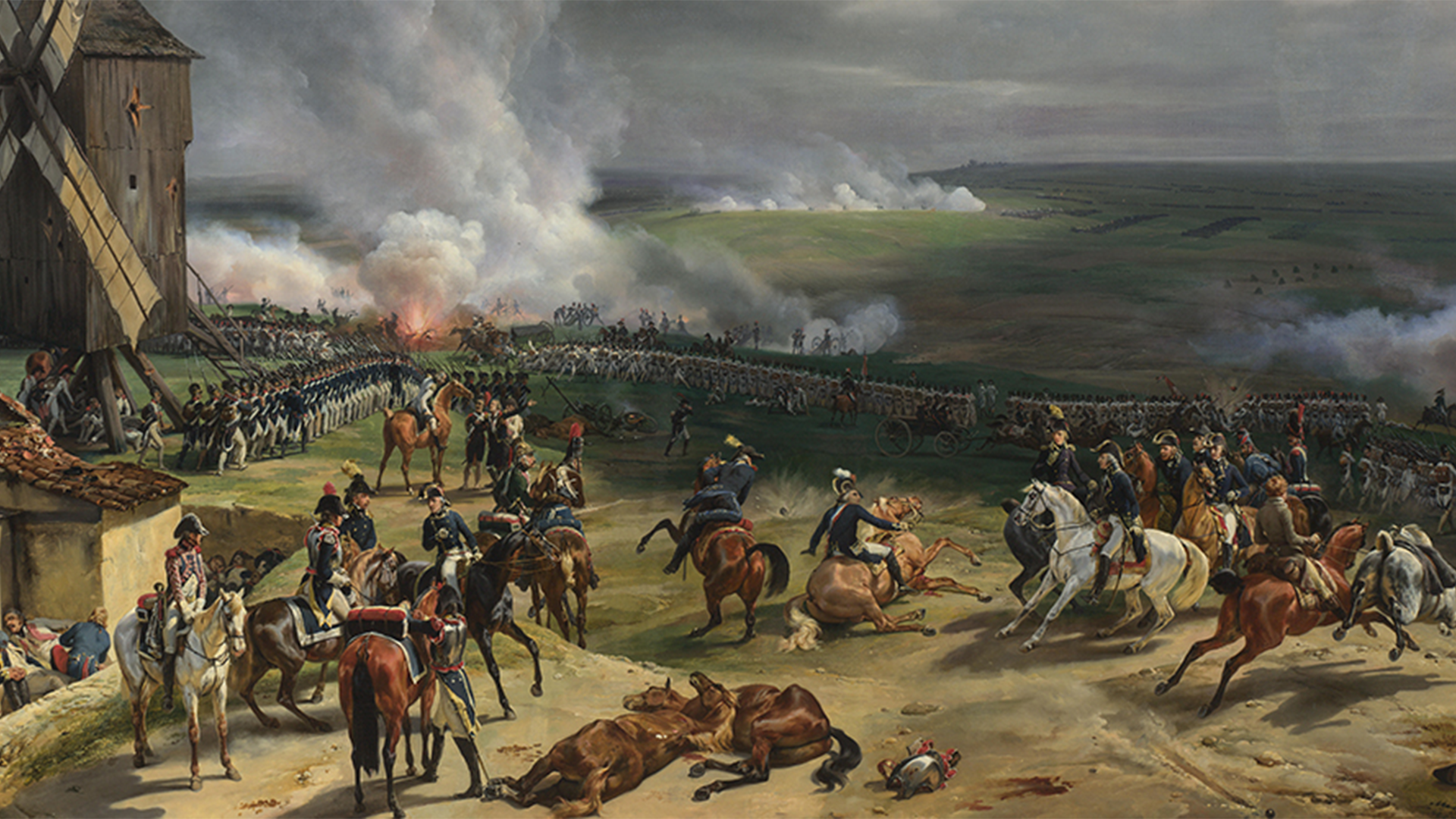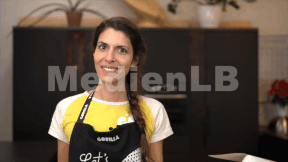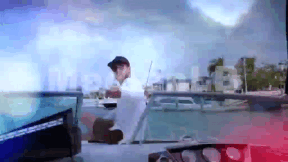 History
History


4678996 / 5565756
Französische Revolution
Der Weg zur modernen Demokratie
Der 14. Juli 1789 markiert mit dem Sturm auf die Bastille in Paris eine Zäsur in der europäischen Geschichte – die französische Revolution hat begonnen. Der Film zeigt die Gründe, die zu einem wachsenden Unmut der Bevölkerung führten und die erfolglosen Versuche Ludwigs XVI. diesen zu besänftigen. Die Bedrohung der jungen Republik, die zunehmende Verrohung der Innenpolitik bis zur Terrorherrschaft wird ebenso dargestellt wie ein Ausblick auf das Ende der Republik und den Aufstieg Napoleons gegeben wird. In Verbindung mit dem umfangreichen Zusatzmaterial (Arbeitsblätter, interaktive Aufgaben, Glossar, Testfragen) lässt sich die vorliegende DVD hervorragend im Unterricht einsetzen. Die interaktiven Aufgaben wurden mit der H5P-Software programmiert und sind ohne zusätzliche Software verwendbar.
Play trailer

Curriculum-centred and oriented towards educational standards
Matching
Kitchen Skills
In Zusammenarbeit mit dem GORILLA Schulprogramm gibt Ernährungscoach Anna wertvolle Tipps, die sich sofort in der Küche anwenden lassen. In einer bunten Mischung zeigt sie, wie man mit einer Zitrone Oberflächen reinigen kann, wie man Rote Beete schält, ohne dass die Hände rot werden oder auch, wie man ohne Tränen Zwiebeln schneiden kann.
Saisonal und gesund kochen
Selber kochen macht Spaß und mit saisonalen und regionalen Zutaten tut man auch etwas für die CO2-Bilanz.









